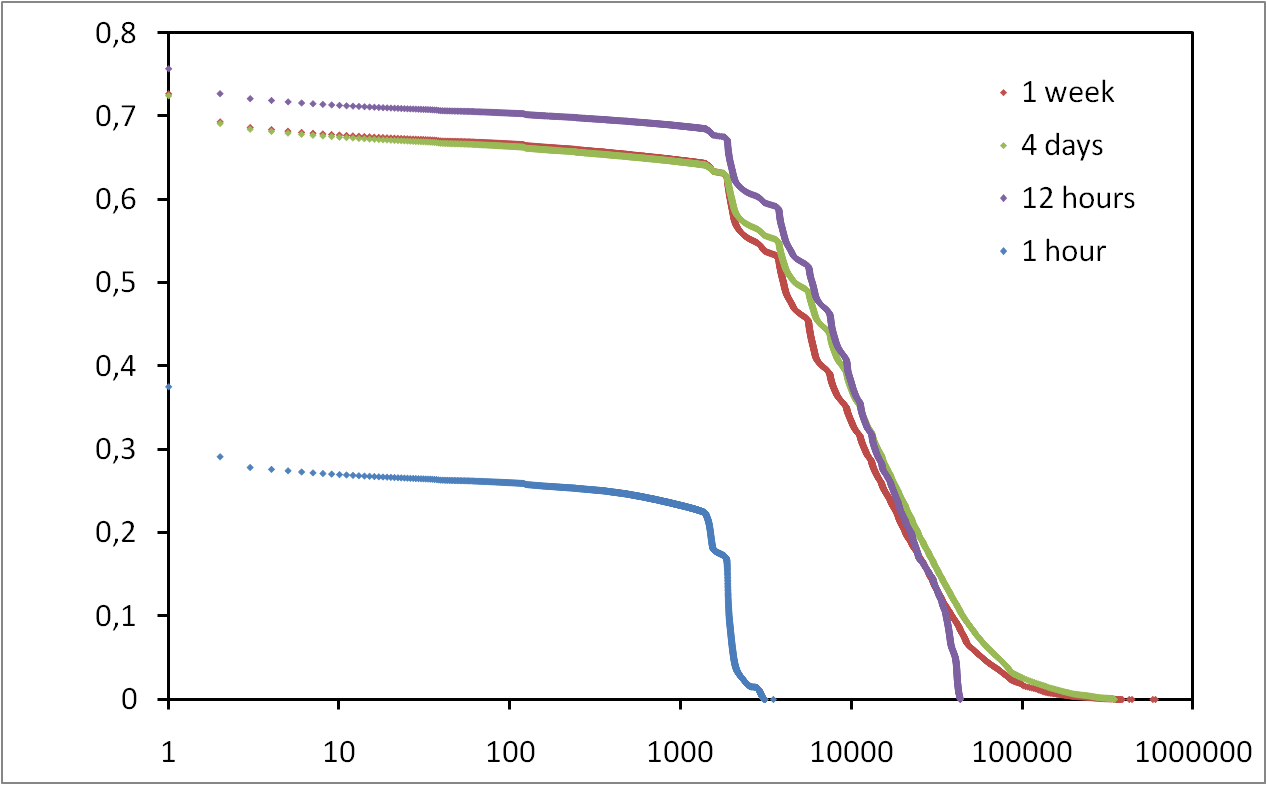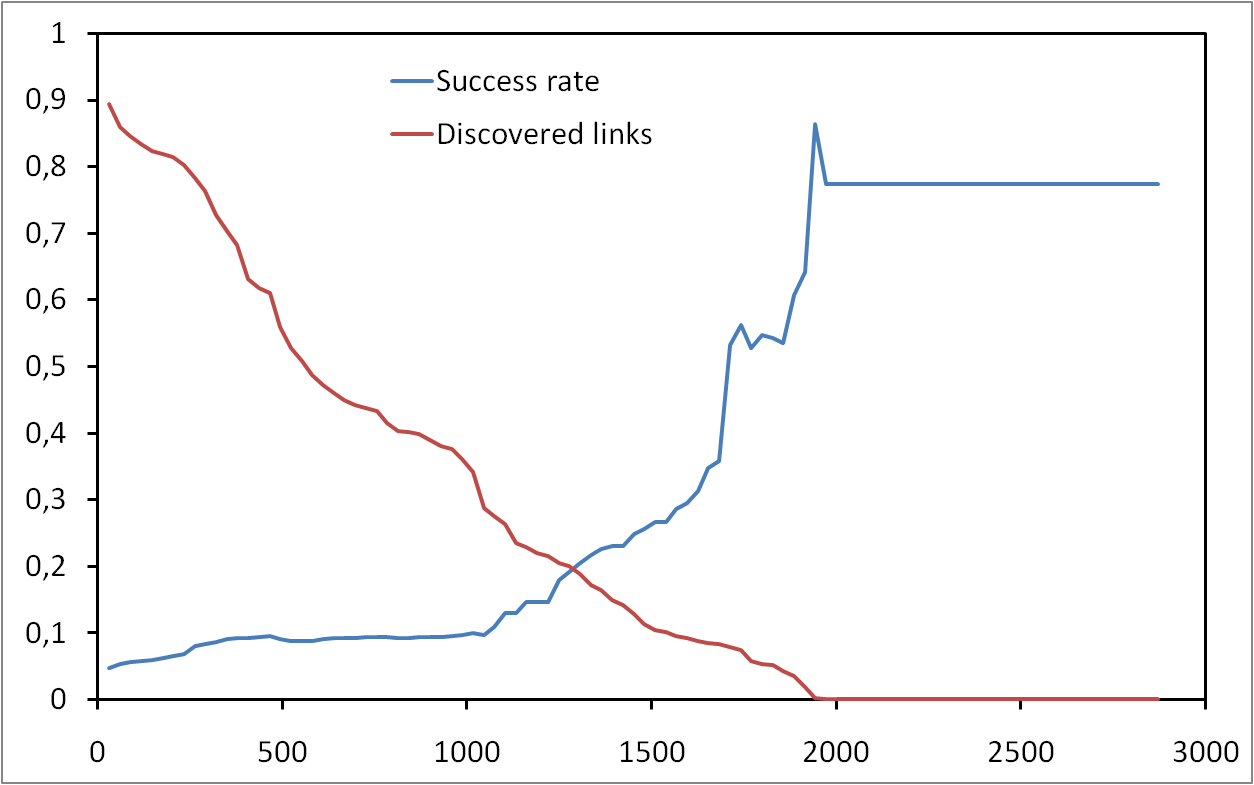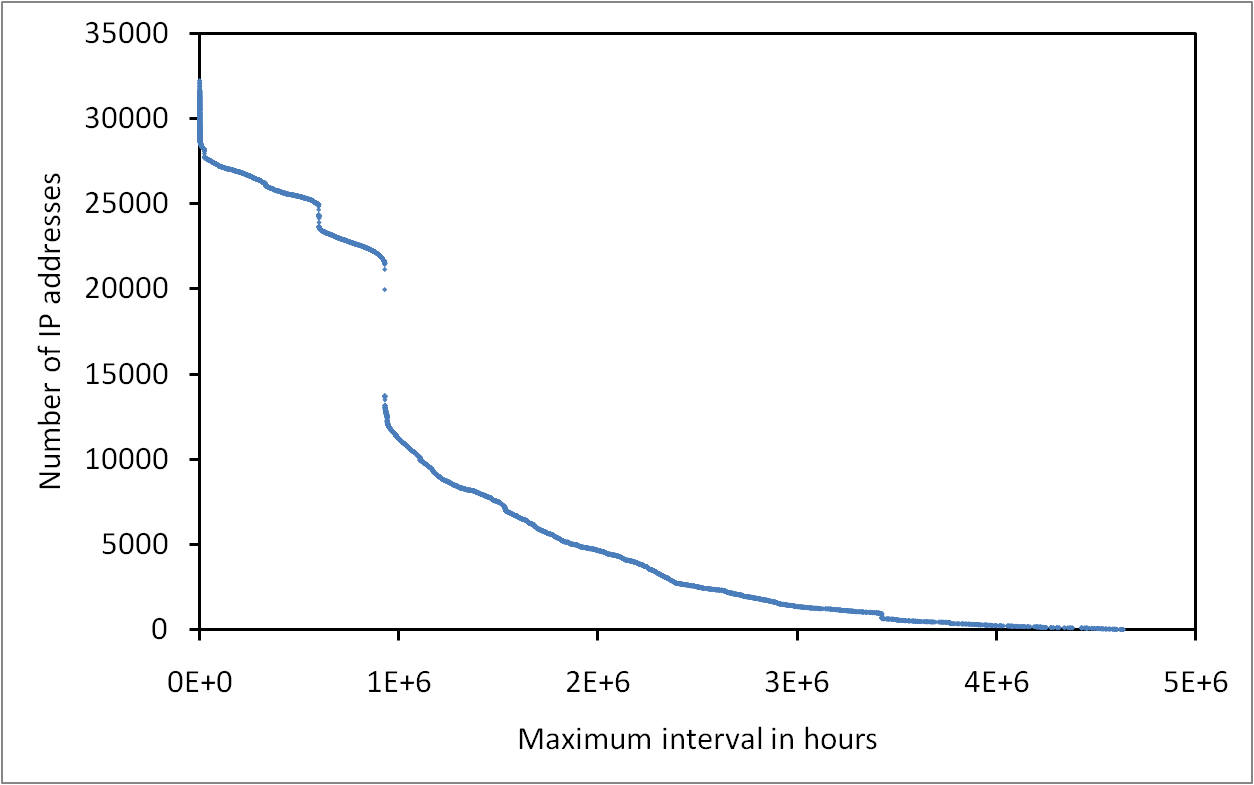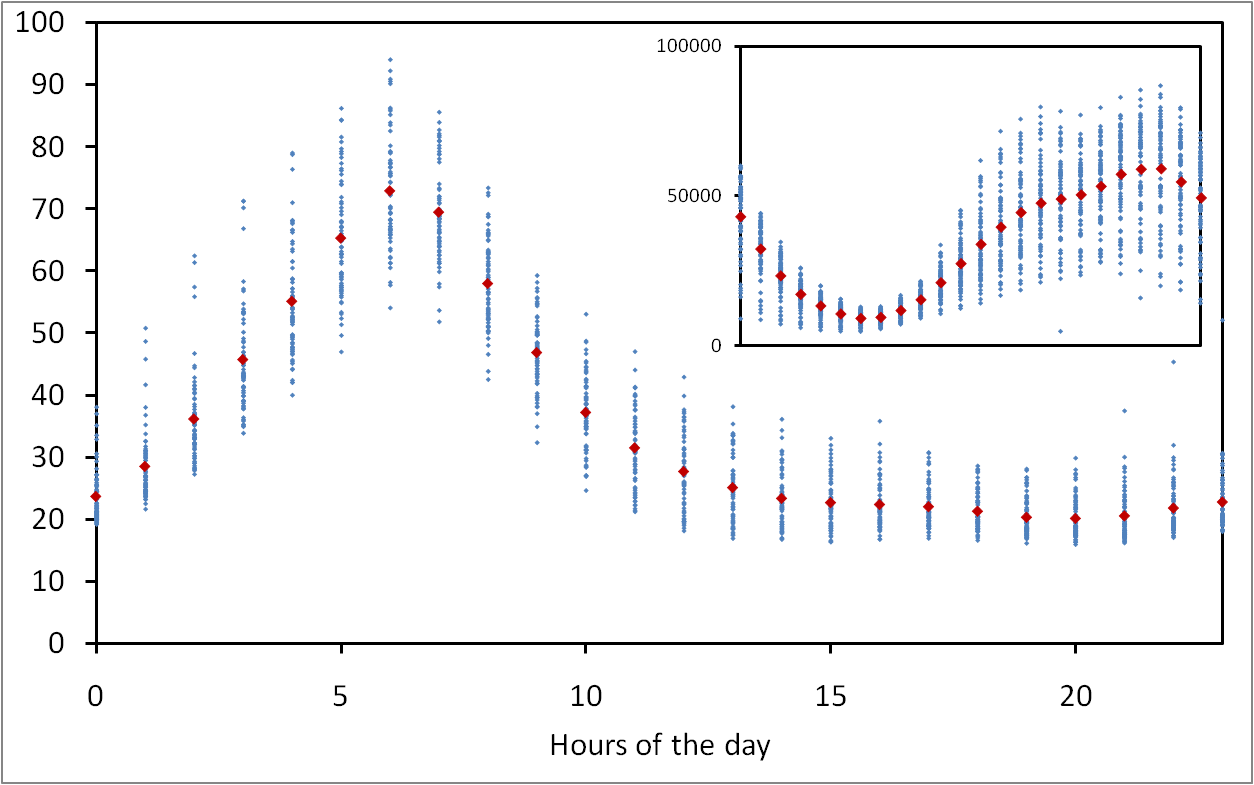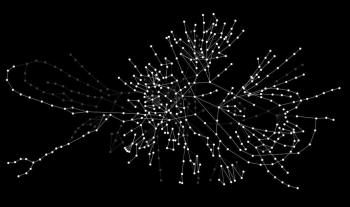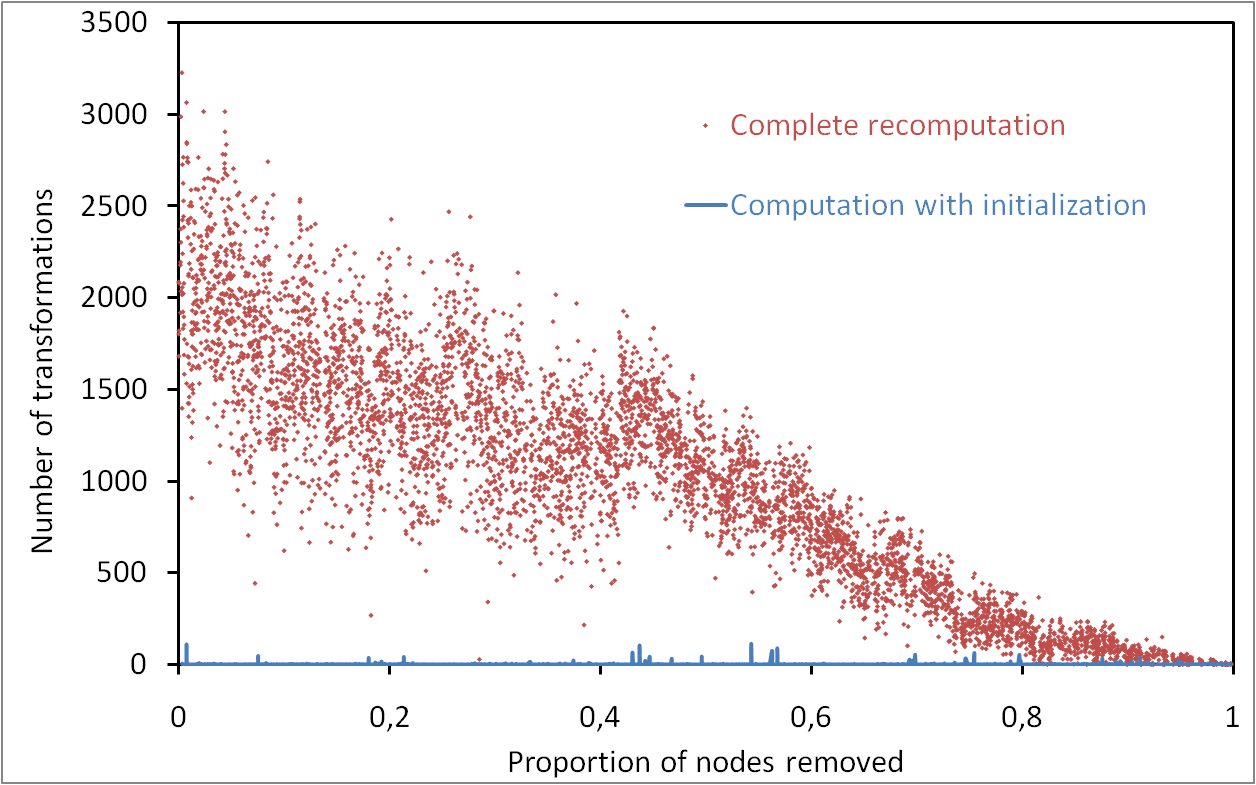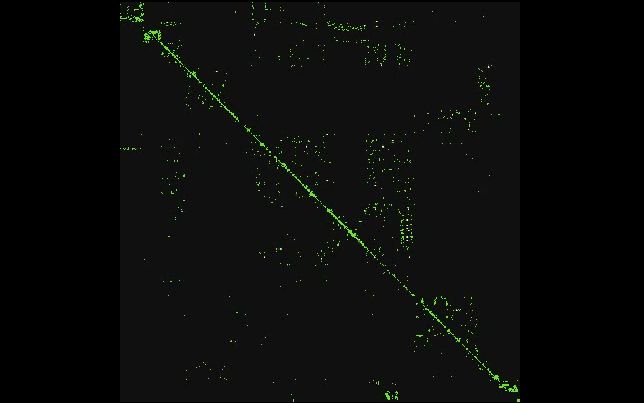Clémence Magnien, Amélie Medem, Sergey Kirgizov, Fabien Tarissan
Networking Science, 4 (1-4), p. 24-33, 2013
Many works have studied the Internet topology, but few have investigated the question of how it evolves over time. This paper focuses on the Internet routing IP-level topology and proposes a first step towards realistic modeling of its dynamics. We study periodic measurements of routing trees from a single monitor to a fixed destination set and identify invariant properties of its dynamics. Based on those observations, we then propose a model for the underlying mechanisms of the topology dynamics. Our model remains simple as it only incorporates load-balancing phenomena and routing changes. By extensive simulations, we show that, despite its simplicity, this model effectively captures the observed behaviors, thus providing key insights of relevant mechanisms governing the Internet routing dynamics. Besides, by confronting simulations over different kinds of topology, we also provide insights of which structural properties play a key role to explain the properties of the observed dynamics, which therefore strengthens the relevance of our model.


